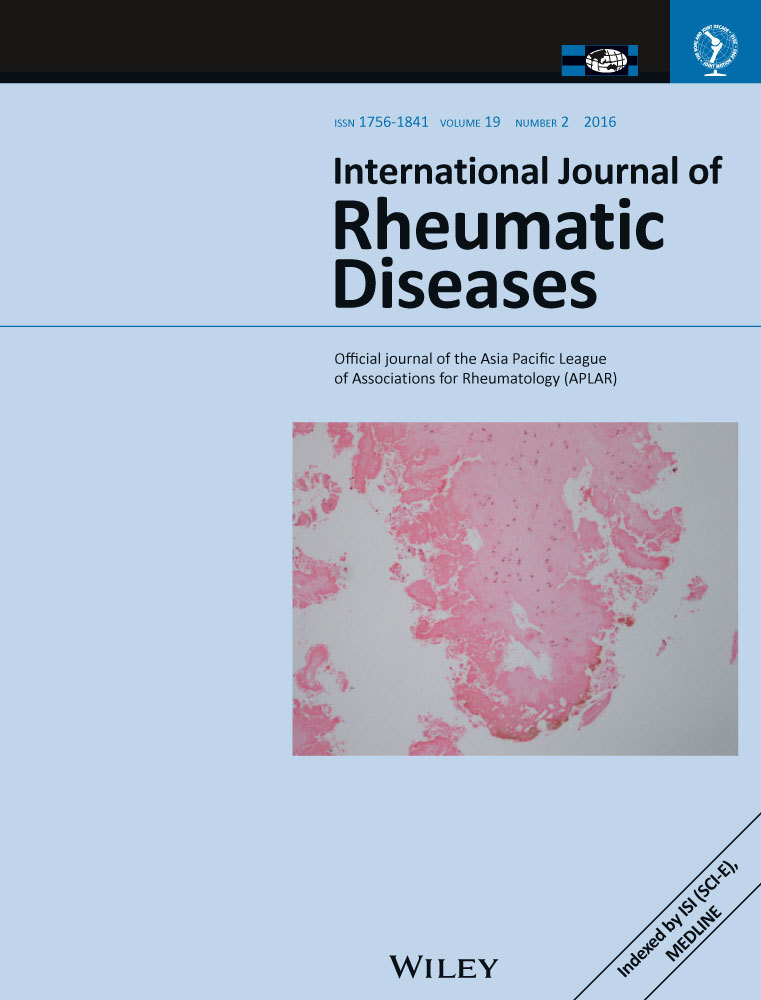Evidence of ERBB3 gene association with rheumatoid arthritis predisposition
Abstract
Aim
ERBB3 (v-erb-b2 erythroblastic leukemia viral oncogene homolog 3) gene was reported to be related with susceptibility to several autoimmune diseases. Taking this into account, we searched, for the first time, the ERBB3 gene association with rheumatoid arthritis liability.
Methods
One hundred and eighty-six RA patients and 147 controls were enrolled in the study. Polymerase chain reaction – restriction fragment length polymorphism assay was conducted in rs2271189 and rs2292239 genotyping.
Results
A statistically significant difference was observed in rs2271189 allele distribution between RA patients and controls (P = 0.029, odds ratio: 1.460, 95% confidence interval: 1.040–2.050).
Conclusion
As far as we know, this is the first study which correlates ERBB3 gene with RA susceptibility, adding to a previous report of chromosome 12q13 association with RA liability. Furthermore, we confirmed that polymorphism rs2271189 can predict better ERBB3 gene association with disorders than the previously reported ERBB3 variants. More studies in other ethnic groups of patients are needed so as to reveal the extent of the herein observed genetic association.




